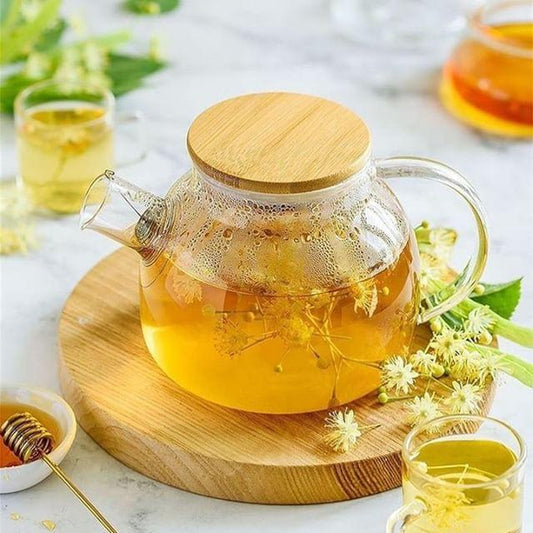Spices Around the World: Discovering Flavors You’ve Never Tried

Spices are the heart of global cuisine, bringing depth, aroma, and character to dishes. While staples like black pepper and cinnamon are familiar to most, there’s a world of lesser-known spices waiting to transform your cooking. Let’s explore some exotic spices from around the globe, their unique flavors, and how to incorporate them into your meals.
The Magic of Spices
Spices are more than just ingredients; they tell stories of culture, trade, and tradition. Whether it’s the warmth of saffron from Iran or the earthy aroma of sumac from the Middle East, each spice has a unique origin and use.
Spices to Explore
1. Sumac (Middle East)
- Flavor: Tangy and citrusy.
-
Uses:
- Sprinkle over salads or roasted vegetables for a zesty kick.
- Use in rubs for grilled meats or fish.
- Add to yogurt for a quick dip.
- Tip: Perfect for brightening rich dishes like lamb or tahini-based sauces.
2. Asafoetida (India)
- Flavor: Pungent when raw, but mellow and garlicky when cooked.
-
Uses:
- Essential in Indian lentil dishes like dal.
- Add to curries or stews for a savory undertone.
- Pair with cumin and mustard seeds for tempering.
- Tip: Use sparingly—its strong aroma can be overpowering in large amounts.
3. Grains of Paradise (West Africa)
- Flavor: Peppery with hints of citrus and cardamom.
-
Uses:
- Use as a substitute for black pepper in marinades and rubs.
- Sprinkle on roasted vegetables or potatoes.
- Infuse in beverages like gin or tea.
- Tip: Grind fresh for the most vibrant flavor.
4. Ajwain (India and Middle East)
- Flavor: Herbaceous and slightly bitter, similar to thyme.
-
Uses:
- Add to flatbreads or parathas for a warm, earthy flavor.
- Sprinkle over roasted chickpeas or lentils.
- Incorporate into savory pastries or crackers.
- Tip: Toast before use to enhance its aroma.
5. Mahleb (Middle East)
- Flavor: Nutty and slightly bitter, with a hint of cherry.
-
Uses:
- Mix into dough for breads like challah or simit.
- Use in desserts like cookies and pastries.
- Add to spice blends for savory recipes.
- Tip: A small amount goes a long way; too much can overpower the dish.
6. Szechuan Peppercorns (China)
- Flavor: Spicy and numbing, with a citrusy undertone.
-
Uses:
- Essential in Szechuan dishes like mapo tofu.
- Pair with chili for a balanced heat in stir-fries.
- Add to marinades for meat or fish.
- Tip: Toast before grinding to release its full flavor.
7. Long Pepper (Indonesia and India)
- Flavor: Spicy like black pepper but with sweet, floral notes.
-
Uses:
- Grind over roasted meats or root vegetables.
- Add to curries or chutneys for depth.
- Infuse in honey or syrups for desserts.
- Tip: Break into smaller pieces before grinding.
8. Fenugreek (India and the Mediterranean)
- Flavor: Slightly sweet and nutty, with a maple syrup-like aroma.
-
Uses:
- Essential in curry powders and spice blends like garam masala.
- Sprinkle over stews or roasted vegetables.
- Use the seeds or dried leaves (methi) for different flavor profiles.
- Tip: Toast the seeds lightly to reduce bitterness.
9. Ras el Hanout (North Africa)
- Flavor: Warm and complex, with cinnamon, cumin, and coriander notes.
-
Uses:
- Rub onto meats for grilling or roasting.
- Stir into couscous or rice dishes.
- Add to soups and stews for a Moroccan twist.
- Tip: Often referred to as "top of the shop," it’s a blend that varies by vendor.
10. Urfa Biber (Turkey)
- Flavor: Smoky, with a mild heat and sweet undertones.
-
Uses:
- Sprinkle over eggs, pizza, or avocado toast.
- Use in marinades for lamb or chicken.
- Add to chocolate-based desserts for a unique twist.
- Tip: Its oil content makes it moist; store in a cool place.
Incorporating Spices into Your Cooking
-
Start Small:
- When trying a new spice, add a little at a time and taste as you go.
-
Blend Flavors:
- Combine spices to create custom blends like garam masala, za’atar, or herbes de Provence.
-
Pair with Familiar Dishes:
- Add exotic spices to recipes you know, like sprinkling sumac on roasted chicken or using Szechuan peppercorns in a stir-fry.
-
Experiment with Drinks:
- Infuse teas, cocktails, or syrups with spices like hibiscus, grains of paradise, or cinnamon.
Tips for Storing Spices
- Keep Cool and Dry: Store spices in airtight containers away from heat and light.
- Buy Small Quantities: Spices lose potency over time; buy what you’ll use within a year.
- Grind Fresh: For maximum flavor, grind whole spices just before use.
Discovering New Flavors
Exploring spices from around the world is like taking a culinary journey without leaving your kitchen. Each spice offers a story, a tradition, and a way to connect with cultures through food. Start experimenting with these unique flavors, and let your taste buds travel the globe. Happy cooking!
Share:





